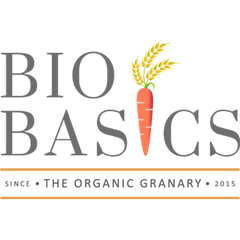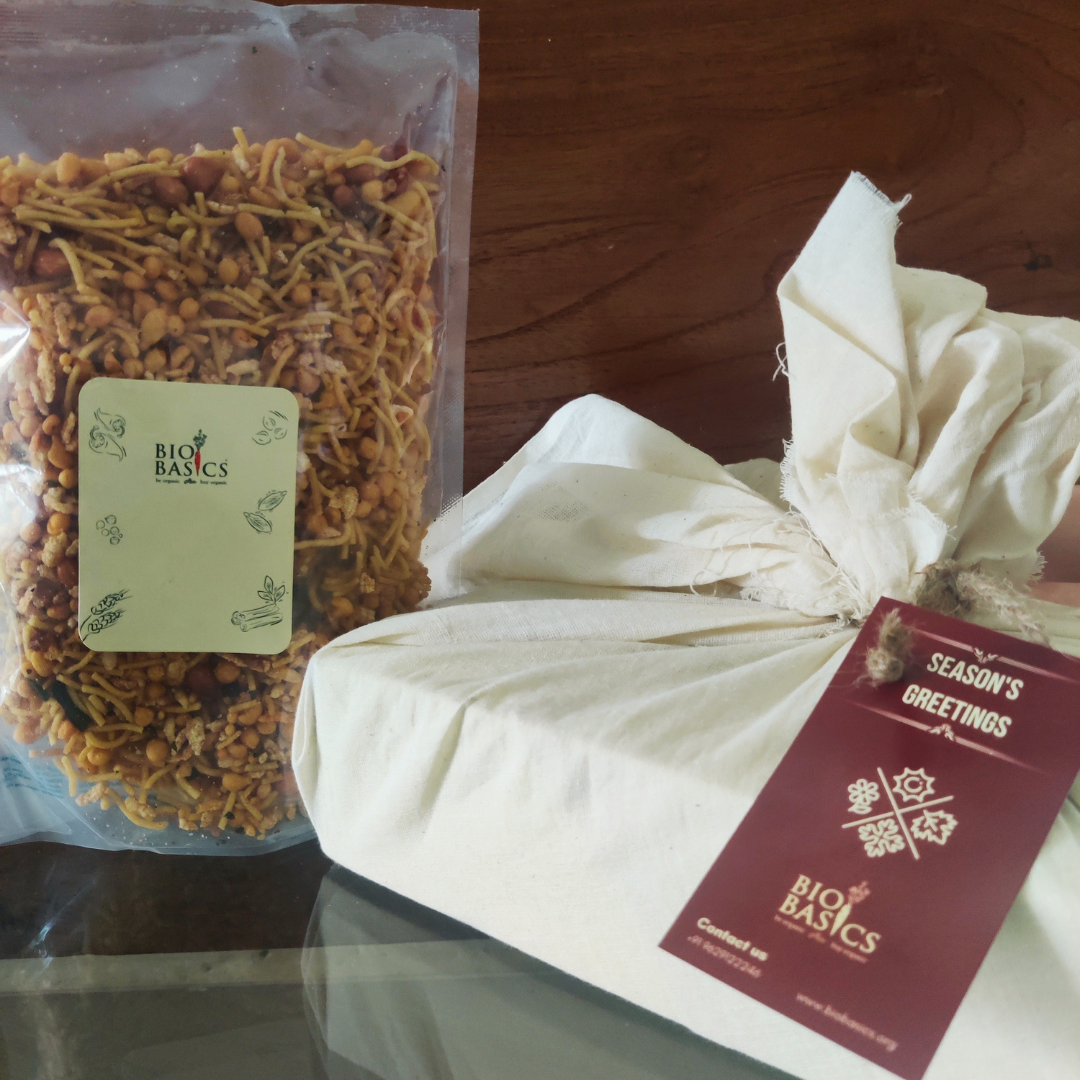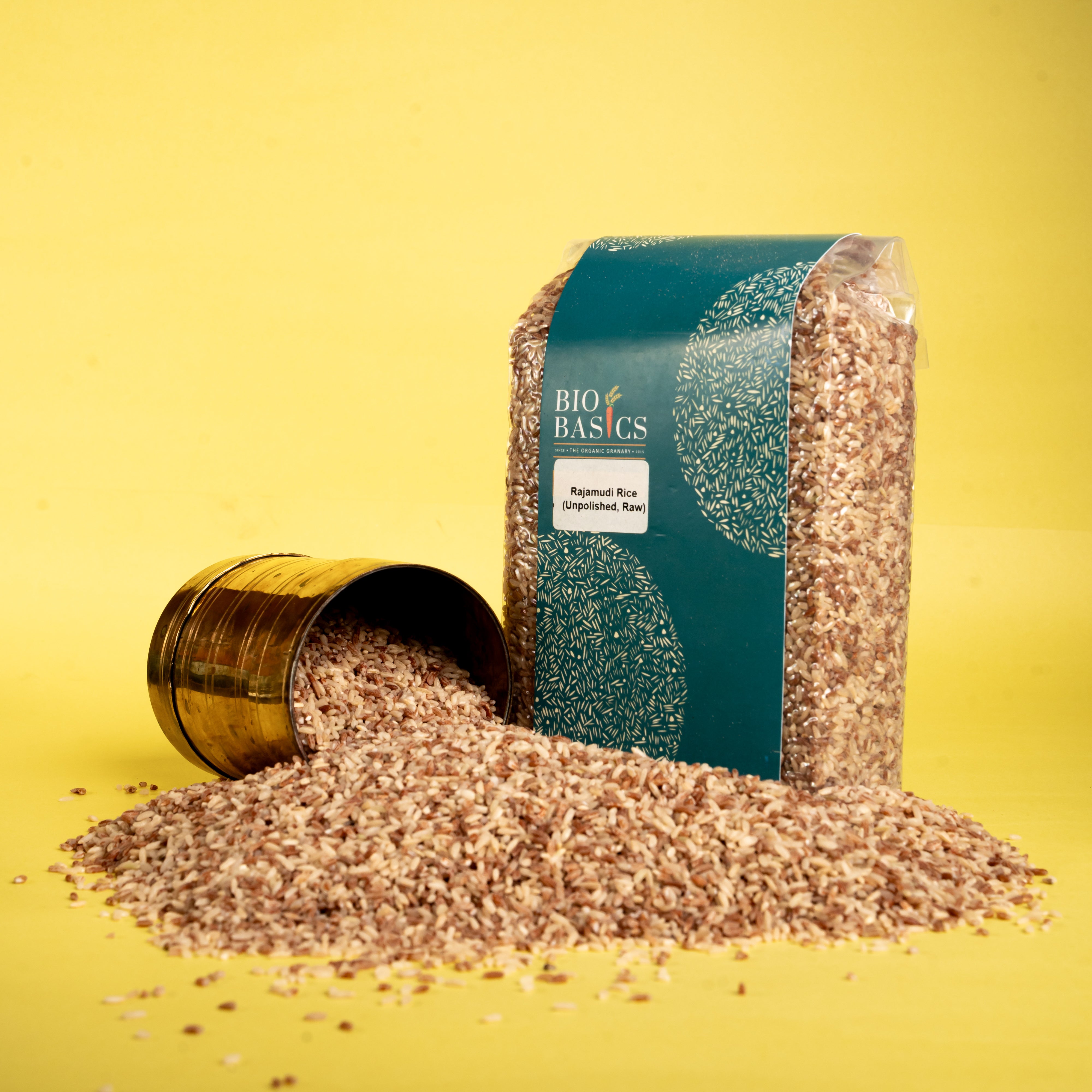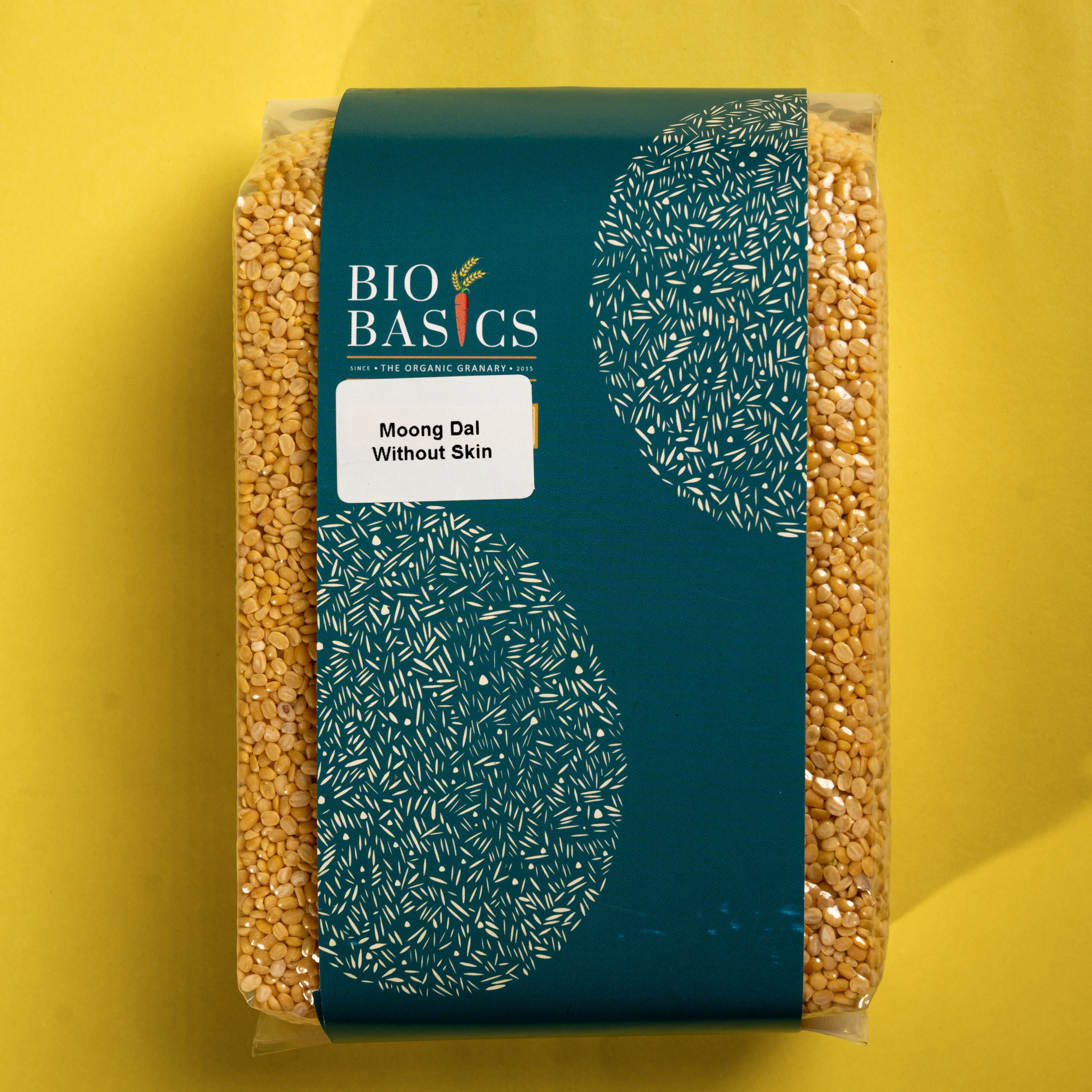You might be wondering why look at so many wheat varieties?! Wheat is wheat is wheat, no? No! It is all about NUANCE!
Nature is never so simple. It has been around for billions of years. That means billions of years of evolution. Not all of it is known to man. But we discover more, learn more, by being sensitive to Nature and its creations.
If we over-simplify things relating to both our food and health, we may have to prepare to learn the hard way. For instance, there are those among us who have little patience and think, “I just need to eat and fill my tummy”. Until an ailment hits. Then, this very person will wonder, “Why me? What did I do wrong?”.
I say that because I have been that person myself! Been there, done that!! By then, it is too late to change one’s lifestyle, not much time, no more patience than before, so the easiest way out is to go find a doctor and pop some pills.
Chapter closed? Nope! Then, a new chapter begins - one of side-effects, further complications, more tests and scans leading up to surgeries, more medications, more restrictions on food, more expenses, and the cycle repeats! You get the picture. That path (and the math!) of pills is not rosy at all. It is just that everyone around seems to be doing it, because it is normalised today to be sick and suffering from ailments that have been rendered commonplace.
Coming back to wheat, to put it in layman’s terms, there are largely 4 categories of wheat - monococcum, dicoccum, durum wheat & bread wheat. There are many varieties of wheat under each of these categories.
What most of us eat today is bread wheat (softest) which makes popular breads & rotis. These are great for making bread because of the “rise” they give when baked. But these are difficult to digest, as they are mainly improved varieties leading to more complex protein structure in the grain. The durum wheats are harder and used more for pastas and semolinas, but are easier to digest relative to bread wheats. And dicoccum is even harder in nature, but easier to digest relative to even durum wheats. And we don’t grow monococcum now in India at all!
So when some of us suffer from gluten allergies or IBS (Irritable Bowel Syndrome) or in worse cases, Celiac disease, or in milder cases, flatulence & bloating, we blame the wheat of the day.
But the wheat that we eat today is not what our ancestors ate. Their wheat was simpler to digest, albeit harder to chew. But we prefer softer-to-chew (a la cakes, pastries and white bread), but we don’t have the ability to digest the more complex protein structures of modern wheat.
So the easiest remedy is to go up the chain - go from modern wheats to more ancient wheats, and see for yourself if it makes a difference to the symptoms that you suffer from.
(Disclaimer: In case of any specific disease you face, please do consult your healthcare provider for advice specific to your condition. We are only presenting here generic knowledge and our experience with the grains, based on our research and consumer feedback.)
For instance, take Paigambari. The scientific name of Paigambari - Triticum (wheat genus) aesthivum (species) spherococcum (sub-species).
The proteins in this grain are simple (simpler than some other modern bread wheats) and not modified, so it is easy to digest. In fact, anecdotally, the farmers call it “sugar-free”. The glycemic index (GI) of the wheat has not been clinically arrived at, because it needs a research facility to do the tests for calculating the GI. For those suffering from gluten intolerance, Paigambari offers a low-gluten alternative.
So why try Paigambari?

One, it is interesting to test and taste a different kind of wheat, tell your friends and family about this and wow them with what you found. Why stick to the same-old same-old atta - boring, no?
Two, it is low gluten and high in fibre. So it is good for your health. In fact, we recommend it to those suffering from gluten intolerance to check this out and see if they have the same symptoms as with the regular wheat that they eat. One reason for these symptoms could be that most wheat/flour available in the market today are treated with chemicals at the stage of growing, harvesting and processing into flour. Paigambari is not designed for chemical intervention. So you can dodge that chemical bullet easily by choosing Paigambari.
Three, it is the original Indian wheat. All other wheat varieties have been modified (not genetically modified as yet, thank God for that!) in some form or other.
Four, Consume to Conserve:
We at Bio Basics believe we consumers can be most helpful by consuming such indigenous varieties of grains. In the context of climate change, everyone is talking about consuming less. But we encourage consumers to eat more of these indigenous varieties because the more we eat these heritage grains, the more farmers will grow it, and it will flourish in the fields.
Five, Food security/sovereignty
Depending on just one or two varieties of grains (particularly) poses a risk to our food security and food sovereignty. Food security refers to a situation where due to a crop-wide disease or some other factors, when a given crop just gets wiped out. At that time, having a diverse set of grains to rely on is safer for all of us. Food sovereignty is where countries are self-sufficient and need not extend a begging bowl to other countries for a given crop. It is therefore critical to keep some of these traditional heritage grains alive (in this cycle of growing and eating, not in a laboratory).
So if not the larger causes, taste it, enjoy it and share it with your family and friends. Let them know how rich our agro-cultural traditions were and how it is up to each of us to revive it all!
For more details, click on Our Wheat Collections.






















































